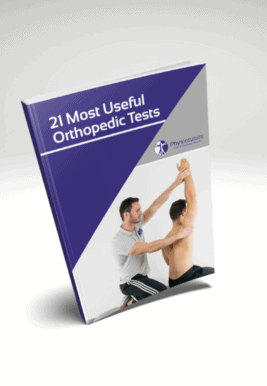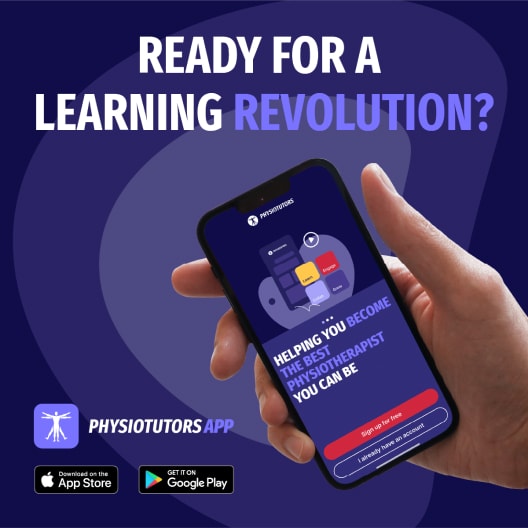Learn
Quadriceps Active Test | Posterior Cruciate Ligament Tear Assessment
The prevalence of PCL injuries remains unknown, also due to the fact that a PCL tear often goes undiagnosed. The most common causes of a PCL tears are due to dashboard traumas, a fall on the anterior proximal aspect of the tibia with a flexed knee or hyperextension injuries.According to a study of Rubinstein et al. (1994) , the Quadriceps Active Test is the most specific test to diagnose PCL tears with a sensitivity of 53% and a specificity of 98%. Although only one other study has properly evaluated this test so far, it seems that the Quadriceps Active test has good clinical value to confirm a PCL tear.
In order to perform this test have your patient in supine lying position with the hip flexed to 45° and the knees flexed to 90°. It’s important to flex the knee further than the quadriceps neutral angle, which is usually around 60-70°. Only above this angle the quadriceps force vector angle includes a component of anterior drawer in relation to the shaft of the tibia. The feet remain flat on the treatment bench. The knee is in a neutral rotation position.
Then the examiner fixates the patient’s foot by gently sitting on it and asks the patient to try to slide his foot forward on the bench against the examiner’s resistance.
In case of a PCL tear, the tibia sags posteriorly before the contraction and will be repositioned to its normal position due to the quadriceps contraction. So this test is positive for a torn PCL if the tibia is shifting forward.If there is no posterior sag present and the tibia is still shifting forward, this might be an indication for an ACL tear.
As a second part of the test, one might have the patient contract his hamstrings isometrically to accentuate the posterior sag of the tibia.
21 OF THE MOST USEFUL ORTHOPAEDIC TESTS IN CLINICAL PRACTICE

Other common tests to assess PCL tears are:
Like what you’re learning?
BUY THE FULL PHYSIOTUTORS ASSESSMENT BOOK
- 600+ Pages e-Book
- Interactive Content (Direct Video Demonstration, PubMed articles)
- Statistical Values for all Special Tests from the latest research
- Available in 🇬🇧 🇩🇪 🇫🇷 🇪🇸 🇮🇹 🇵🇹 🇹🇷
- And much more!








